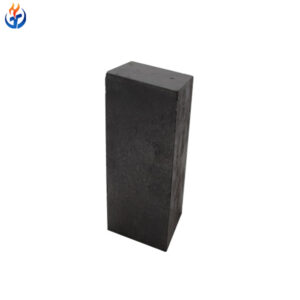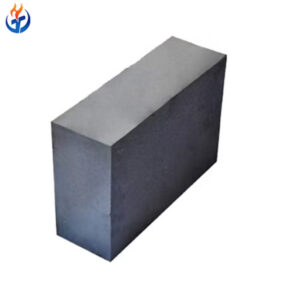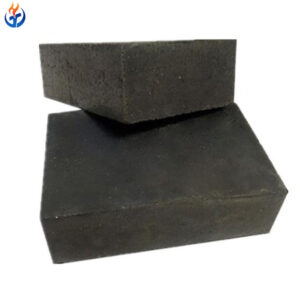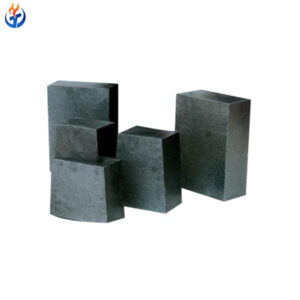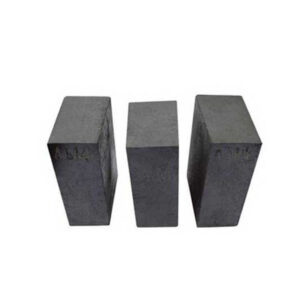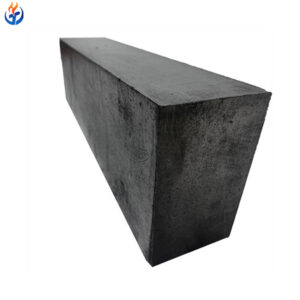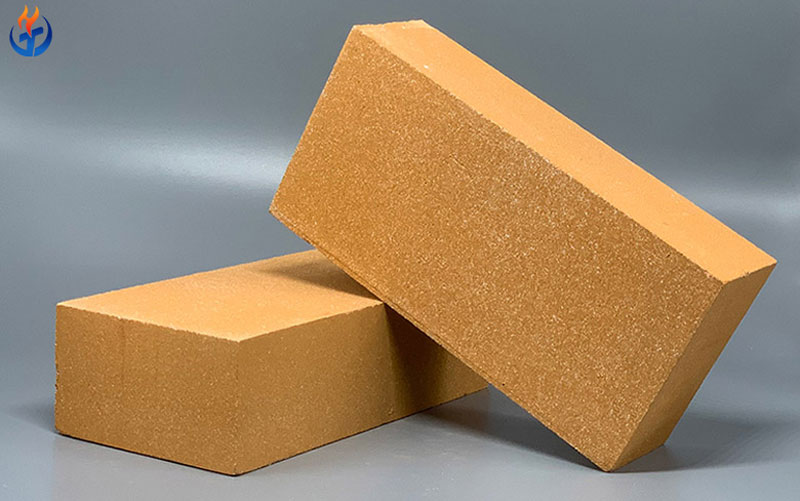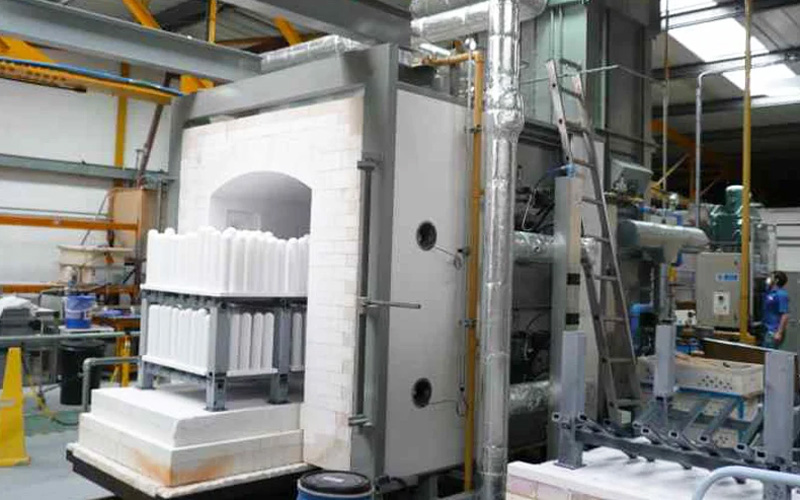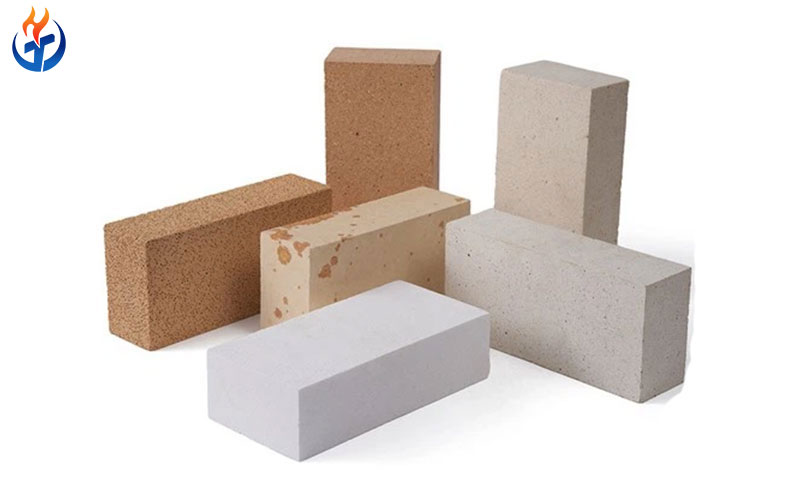When it comes to industries involving high-temperature processes, such as steelmaking, cement production, glass manufacturing, or ceramics, the materials used to line furnaces, kilns, and other heat-intensive equipment are crucial. Among these materials, basic refractory bricks play a significant role. But what exactly are basic refractory bricks, and why are they so widely used in industrial applications?
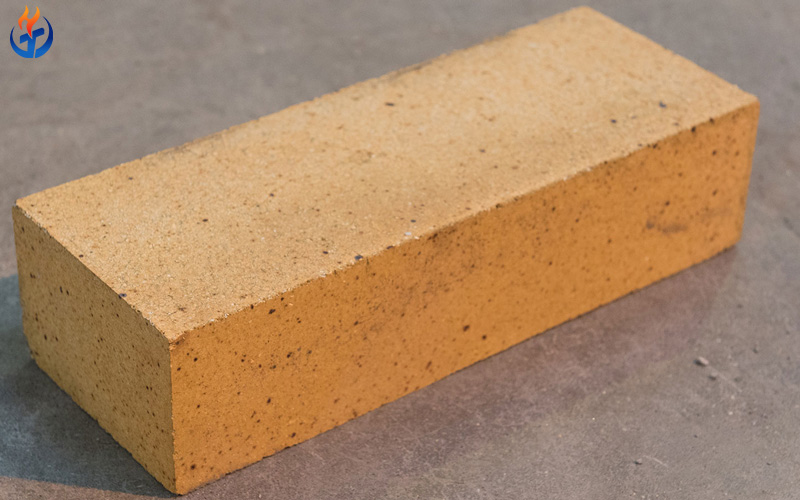
Understanding Basic Refractory Bricks
Basic refractory bricks are a type of fire-resistant material specifically designed to withstand extremely high temperatures and chemical corrosion from basic slags and fluxes. Unlike acidic or neutral refractory bricks, basic refractories exhibit strong resistance to alkaline substances, including calcium oxide (CaO) and magnesium oxide (MgO). This characteristic makes them particularly suitable for environments where chemical reactions with basic compounds are likely to occur.
The term “basic” in basic refractory bricks does not refer to simplicity but rather to their chemical composition. Basic refractory bricks consist of oxides such as magnesia (MgO) and chromite (FeCr₂O₄), which give them their unique resistance properties. These oxides are stable at high temperatures, making the bricks highly durable under thermal and mechanical stress.
Composition and Types
The primary ingredients in basic refractory bricks include:
Magnesia (MgO): Magnesia is the most common component of basic bricks. It provides excellent resistance to basic slags and high-temperature corrosion.
Chromite (FeCr₂O₄): Chromite enhances the mechanical strength and thermal stability of the bricks, making them suitable for use in steel and ferroalloy industries.
Dolomite (CaO·MgO): Some bricks use dolomite as a raw material, which offers both structural integrity and resistance to chemical attack.
Based on their composition and manufacturing process, basic refractory bricks can be categorized into several types:
Magnesia Bricks: Made primarily from magnesia, these bricks are widely used in steel furnaces, lime kilns, and non-ferrous metal furnaces. They are highly resistant to slag corrosion and mechanical wear.
Magnesia-Chrome Bricks: These are composed of a mixture of magnesia and chromite. Magnesia-chrome bricks are stronger and more wear-resistant, commonly applied in the steel industry, especially in converters and ladles.
Doloma Bricks: Made from dolomite, these bricks have a balanced resistance to thermal shock and chemical corrosion. They are often used in rotary kilns and cement kilns.
Key Features of Basic Refractory Bricks
Basic refractory bricks are widely appreciated for their remarkable properties:
High-Temperature Resistance: Basic bricks can endure temperatures well above 1500°C, depending on their composition. This makes them ideal for industrial furnaces and high-heat applications.
Corrosion Resistance: They resist chemical attacks from basic slags and fluxes, ensuring a longer service life in steelmaking and lime production.
Mechanical Strength: Basic bricks maintain structural integrity under heavy loads and high pressures, preventing deformation and cracking.
Thermal Shock Resistance: Some types of basic bricks, especially doloma-based bricks, withstand rapid temperature changes without significant damage.
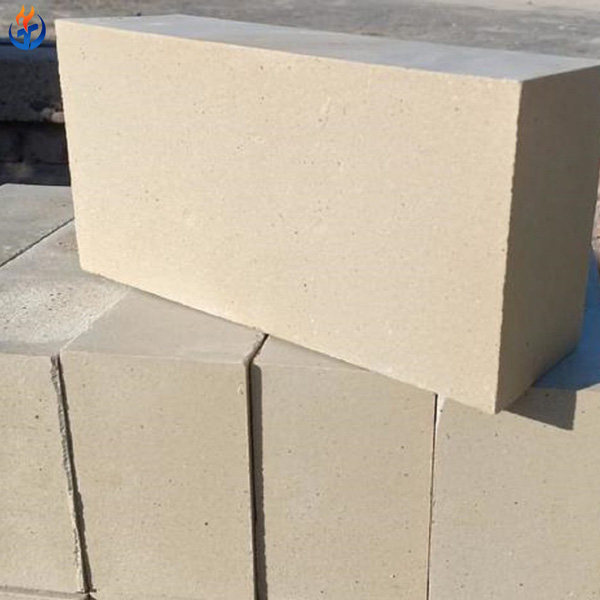
Applications of Basic Refractory Bricks
The versatility of basic refractory bricks is evident from their extensive use in heavy industries:
Steel Industry: Magnesia and magnesia-chrome bricks line electric arc furnaces, converters, and ladles to resist the corrosive action of molten steel and slag.
Cement and Lime Industry: Basic bricks are used in kilns and rotary furnaces to handle high-temperature operations and alkaline conditions.
Non-Ferrous Metals: They are applied in furnaces processing copper, nickel, and other metals, protecting equipment from aggressive slags.
Chemical Industry: Basic bricks are suitable for reactors and vessels where basic chemical reactions occur at elevated temperatures.
Advantages of Using Basic Refractory Bricks
Investing in high-quality basic refractory bricks offers several benefits:
Extended Service Life: Due to their resistance to high temperatures and chemical attack, basic bricks reduce the frequency of repairs and replacements.
Cost-Effective: Although the initial cost may be higher than ordinary fire bricks, the long-term savings in maintenance and downtime make them economical.
Improved Efficiency: Maintaining the integrity of furnace linings improves thermal efficiency and overall process performance.
Safety: High-strength and thermally stable bricks minimize the risk of furnace damage or collapse, protecting workers and equipment.
Conclusion
In summary, basic refractory bricks are indispensable materials in industries that involve high-temperature and chemically aggressive environments. Basic refractory bricks consist of magnesia, chromite, and dolomite, offering a combination of thermal stability, corrosion resistance, and mechanical strength. From steelmaking to cement production, these bricks provide durability, efficiency, and safety. For companies looking to optimize furnace performance and reduce downtime, selecting high-quality basic refractory bricks is a strategic investment.
By understanding their composition, features, and applications, industrial operators can make informed decisions to enhance productivity and extend the lifespan of their high-temperature equipment. Whether it’s a magnesia brick, a magnesia-chrome brick, or a doloma brick, basic refractory bricks remain a cornerstone of modern industrial operations.

